Determination of Optimal Operating Condition in Nanofiltration (NF) and Reverse Osmosis (RO) During The Treatment of a Tannery Wastewater Stream
Source:https://www.aidic.it/cet/
Authors:Diana Sannino,Olga Saccoa,Angelo Chianese
Introduction
Industrial wastewater treatment, such as those used for tannery wastewater, is complex due to the variety of chemicals added at different stages of processing of hides and skins. Major problems in tanneries are due to wastewater containing heavy metals, toxic chemicals, chloride, lime with high dissolved and suspended salts and other pollutants (Uberoi, 2003). The tanning process and the effluents generated have already been reported in literature (Wiegant et al., 1999, Sreeram and Ramasami, 2003, Stoop, 2003). Many conventional processes were carried out to treat wastewater such as biological process (Ahn et al., 1996, Vijayaraghavan and Murthy, 1997, Wiemann et al., 1998, Di Iaconi et al., 2003, Farabegoli et al., 2004), oxidation process (Sekaran et al., 1996, Dogruel et al., 2004, Sacco et al., 2012, de Caprariis et al., 2012) and chemical process (Di Iaconi et al., 2001, Orhon et al., 1998, Song et al., 2004) etc. Among these, physical and chemical methods are considered very expensive in terms of energy and reagents consumption (Churchley, 1994, Stern et al., 2003), and generation of excessive sludge (Chu, 2001). To reduce the production of sludge by the treatment of this wastewater combined or alternative systems must be explored. In particular, in this work, two spiral wound membrane modules were used: nanofiltration (NF) and reverse osmosis (RO). The goal of this approach is to insert membranes into the cycle of wastewater treatment in order to remove the entire chain of biological treatment and the resulting post physico[1]chemical residue with a significant reduction of sludge up to 95%. A modified version of the traditional method used to measure critical fluxes of membranes, that is the pressure cycling method, was applied to measure both the critical and the threshold flux on the nanofiltration membrane in order to optimize the operating conditions. Once obtained the critical and threshold flux values, this data was used as input for a batch membrane process optimization method developed previously by Stoller at al. (Stoller and Chianese, 2006, Stoller and Bravi, 2010, Stoller, 2009, Iaquinta et al., 2009, Stoller, 2008, Stoller, 2011). The output of the method indicates the optimal permeate feed flow rate which should be used during the batch in order to inhibit membrane fouling. Finally, the obtained results were compared from an economical point of view with a conventional biological process to validate the membrane plant as possible alternative to conventional process.
Only logged in customers who have purchased this product may leave a review.
Related books
Adsorption of Heavy Metals from Multi-Metal Aqueous Solution by Sunflower Plant Biomass-Based Carbons
Adsorption of Heavy Metals from Multi-Metal Aqueous Solution by Sunflower Plant Biomass-Based Carbons
Renewable Energy-Driven Desalination: New Trends And Future Prospects Of Small Capacity Systems
Renewable Energy-Driven Desalination: New Trends And Future Prospects Of Small Capacity Systems
Engineered Nanomaterials for Water Treatment and Remediation
Engineered Nanomaterials for Water Treatment and Remediation
Applications of Nanotechnology in Wastewater Treatment
Applications of Nanotechnology in Wastewater Treatment
Fouling and Cleaning Characteristics of Reverse Osmosis (RO) Membranes
Fouling and Cleaning Characteristics of Reverse Osmosis (RO) Membranes
Analysis of the Flux Performance of Different RO/NF Membranes in the Treatment of Agroindustrial Wastewater by Means of the Boundary Flux Theory
Analysis of the Flux Performance of Different RO/NF Membranes in the Treatment of Agroindustrial Wastewater by Means of the Boundary Flux Theory
A Review of the Water Desalination Technologies
A Review of the Water Desalination Technologies
Sludge Biotic Index
Abstract
This study aimed to determine the relationship between activated sludge microfauna, the sludge biotic index (SBI) and the effluent quality of a full-scale municipal wastewater treatment plant (WWTP) working with shock organic and ammonium loadings caused by periodic wastewater delivery from septic tanks. Irrespective of high/low effluent quality in terms of COD, BOD5, ammonium and suspended solids, high SBI values (8–10), which correspond to the first quality class of sludge, were observed. High SBI values were connected with abundant taxonomic composition and the domination of crawling ciliates with shelled amoebae and attached ciliates. High SBI values, even at a low effluent quality, limit the usefulness of the index for monitoring the status of an activated sludge system and the effluent quality in municipal WWTP-treated wastewater from septic tanks. It was shown that a more sensitive indicator of effluent quality was a change in the abundance of attached ciliates with a narrow peristome (Vorticella infusionum and Opercularia coarctata), small flagellates and crawling ciliates (Acineria uncinata) feeding on flagellates.
Sludge Biotic Index
Abstract
This study aimed to determine the relationship between activated sludge microfauna, the sludge biotic index (SBI) and the effluent quality of a full-scale municipal wastewater treatment plant (WWTP) working with shock organic and ammonium loadings caused by periodic wastewater delivery from septic tanks. Irrespective of high/low effluent quality in terms of COD, BOD5, ammonium and suspended solids, high SBI values (8–10), which correspond to the first quality class of sludge, were observed. High SBI values were connected with abundant taxonomic composition and the domination of crawling ciliates with shelled amoebae and attached ciliates. High SBI values, even at a low effluent quality, limit the usefulness of the index for monitoring the status of an activated sludge system and the effluent quality in municipal WWTP-treated wastewater from septic tanks. It was shown that a more sensitive indicator of effluent quality was a change in the abundance of attached ciliates with a narrow peristome (Vorticella infusionum and Opercularia coarctata), small flagellates and crawling ciliates (Acineria uncinata) feeding on flagellates.



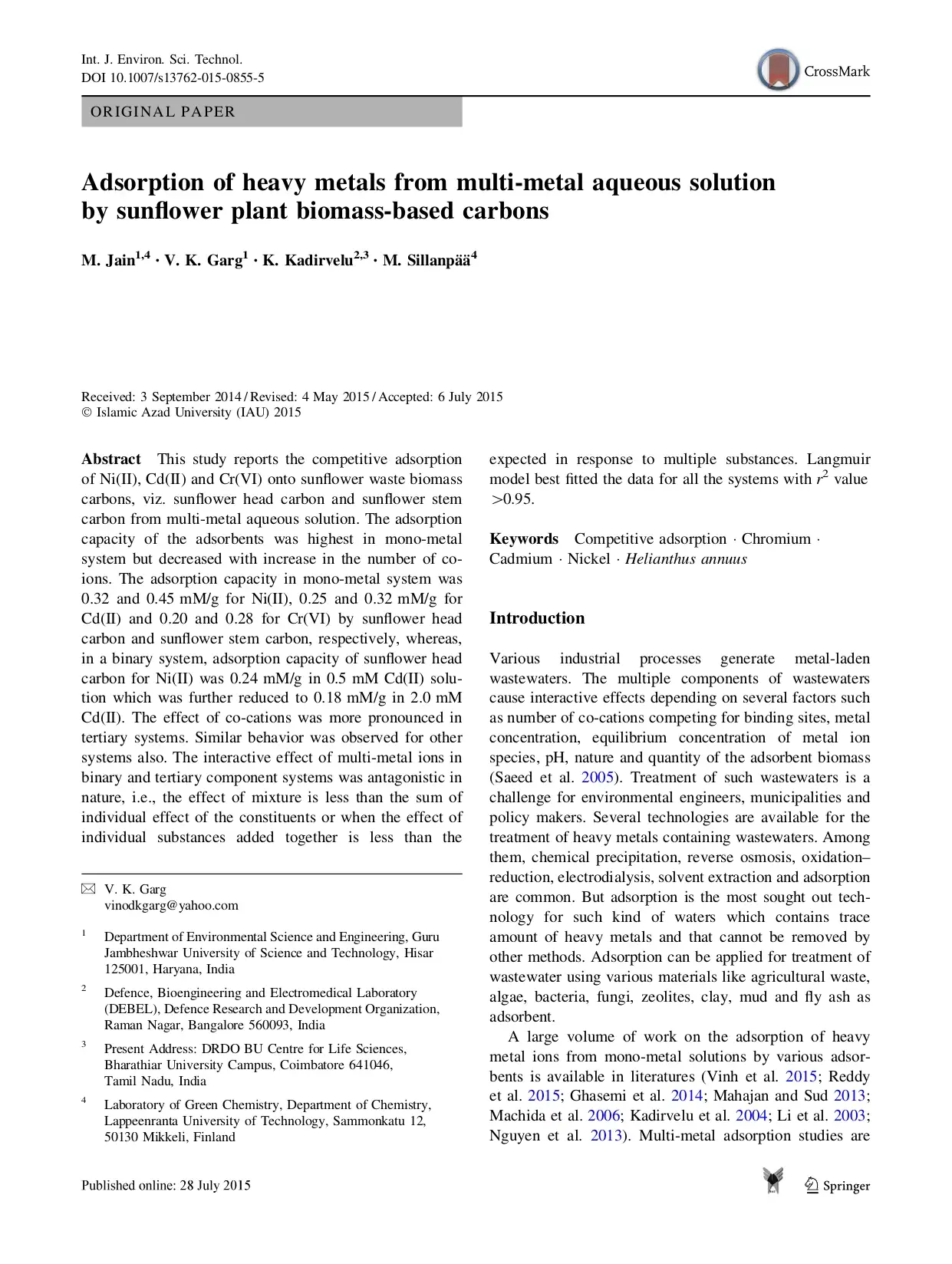
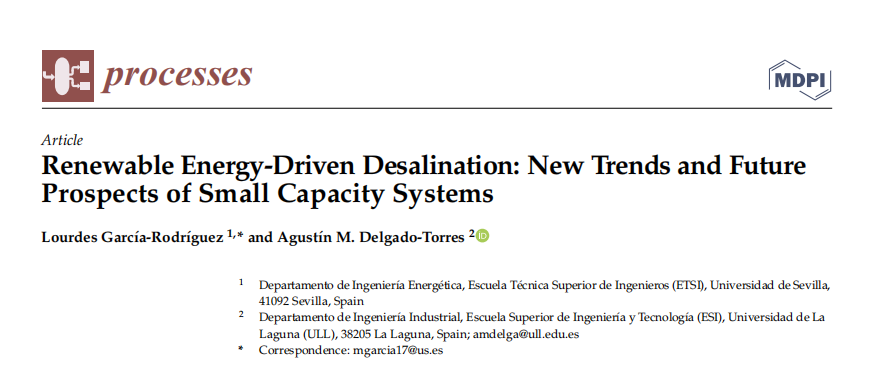
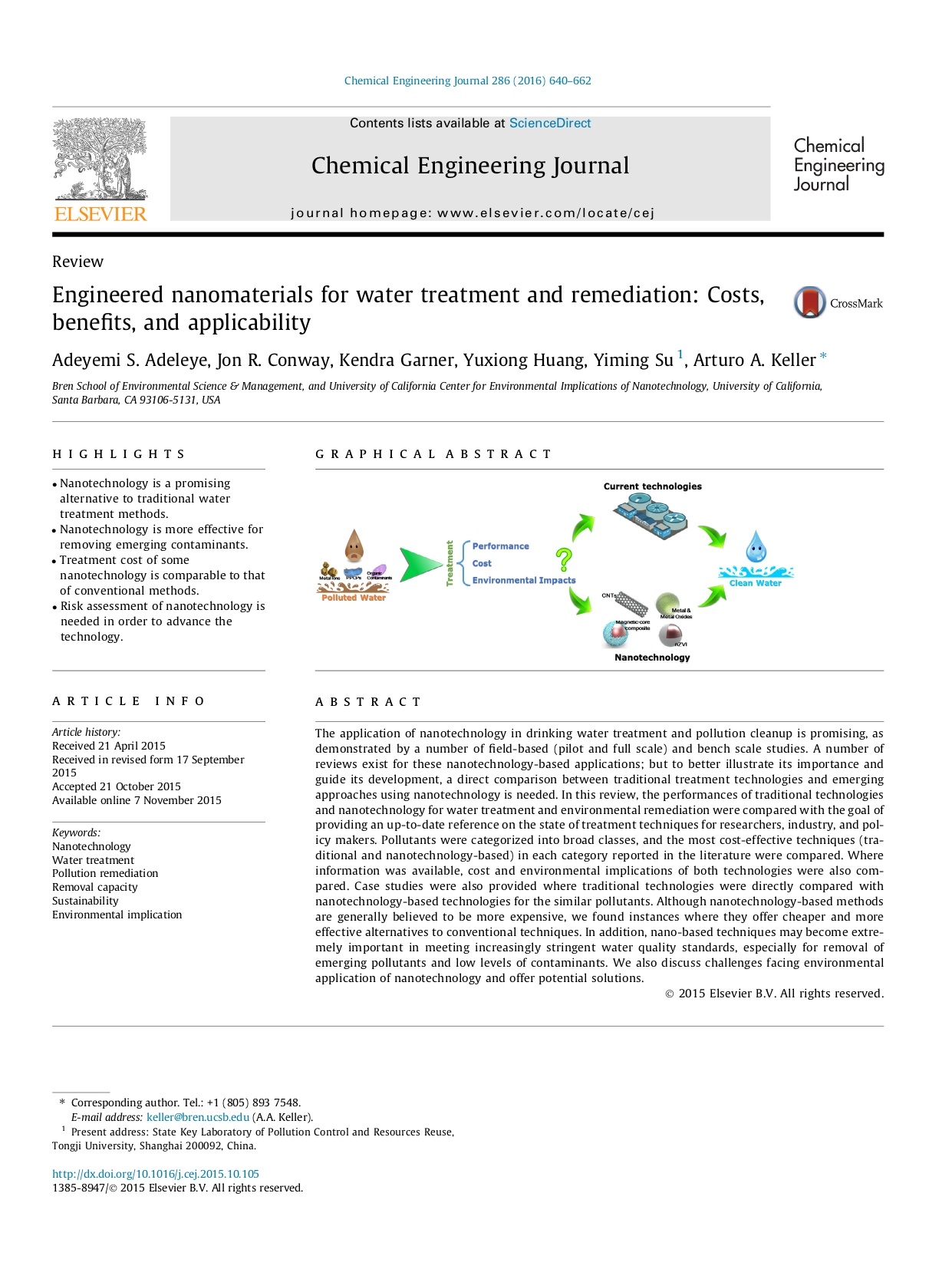
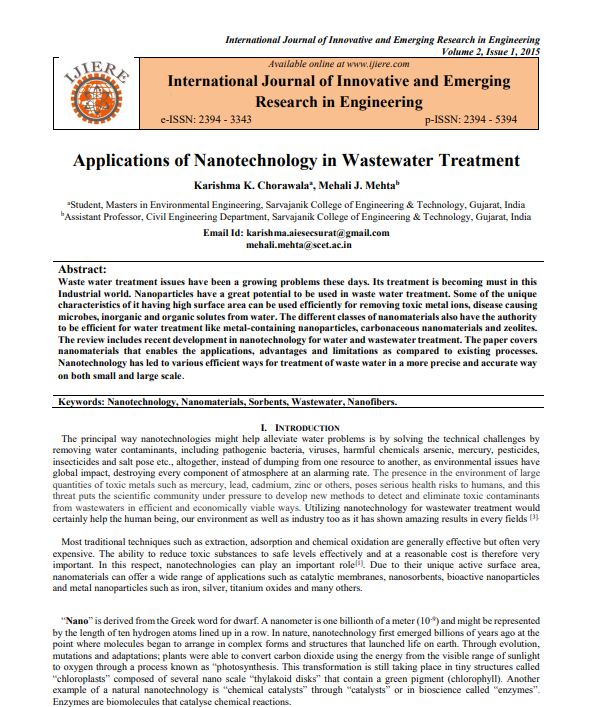
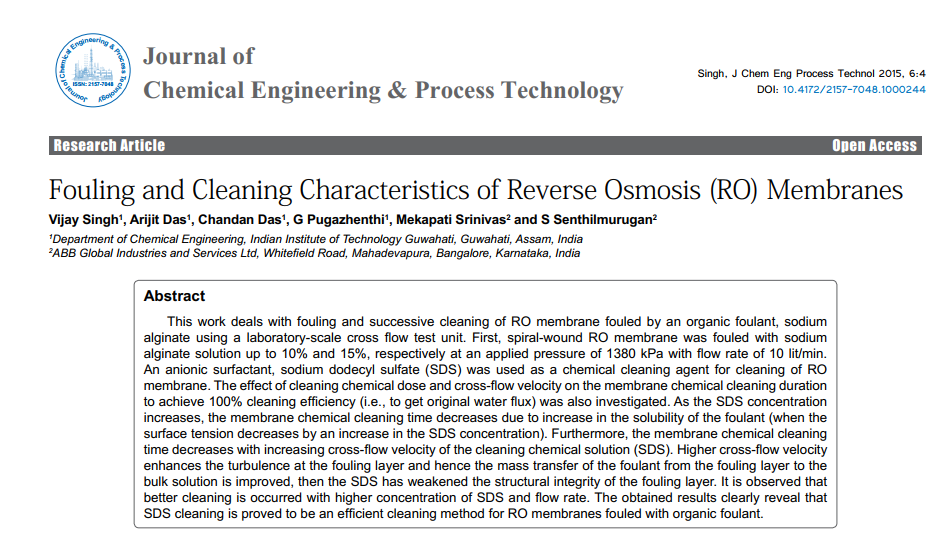
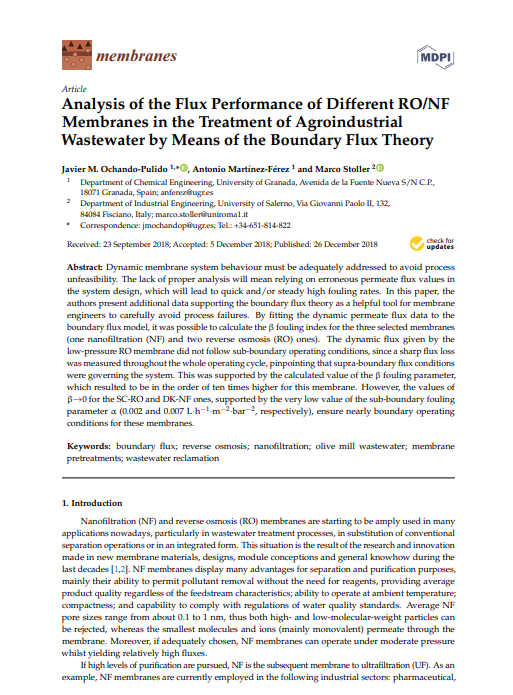

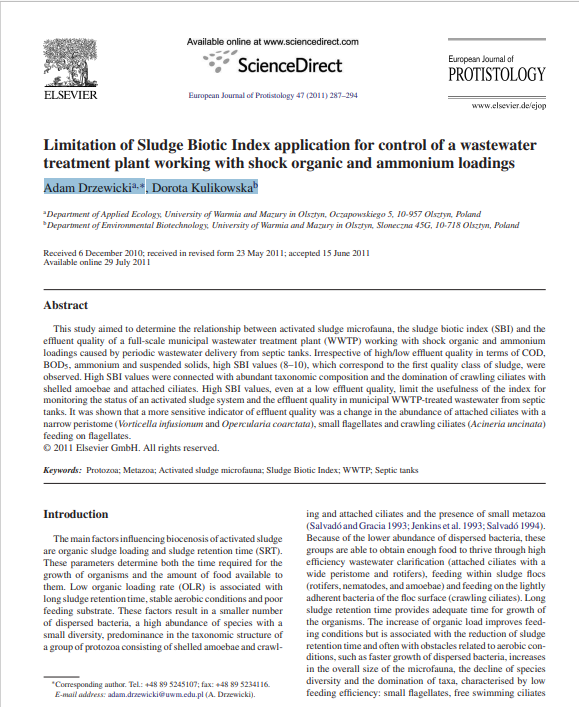
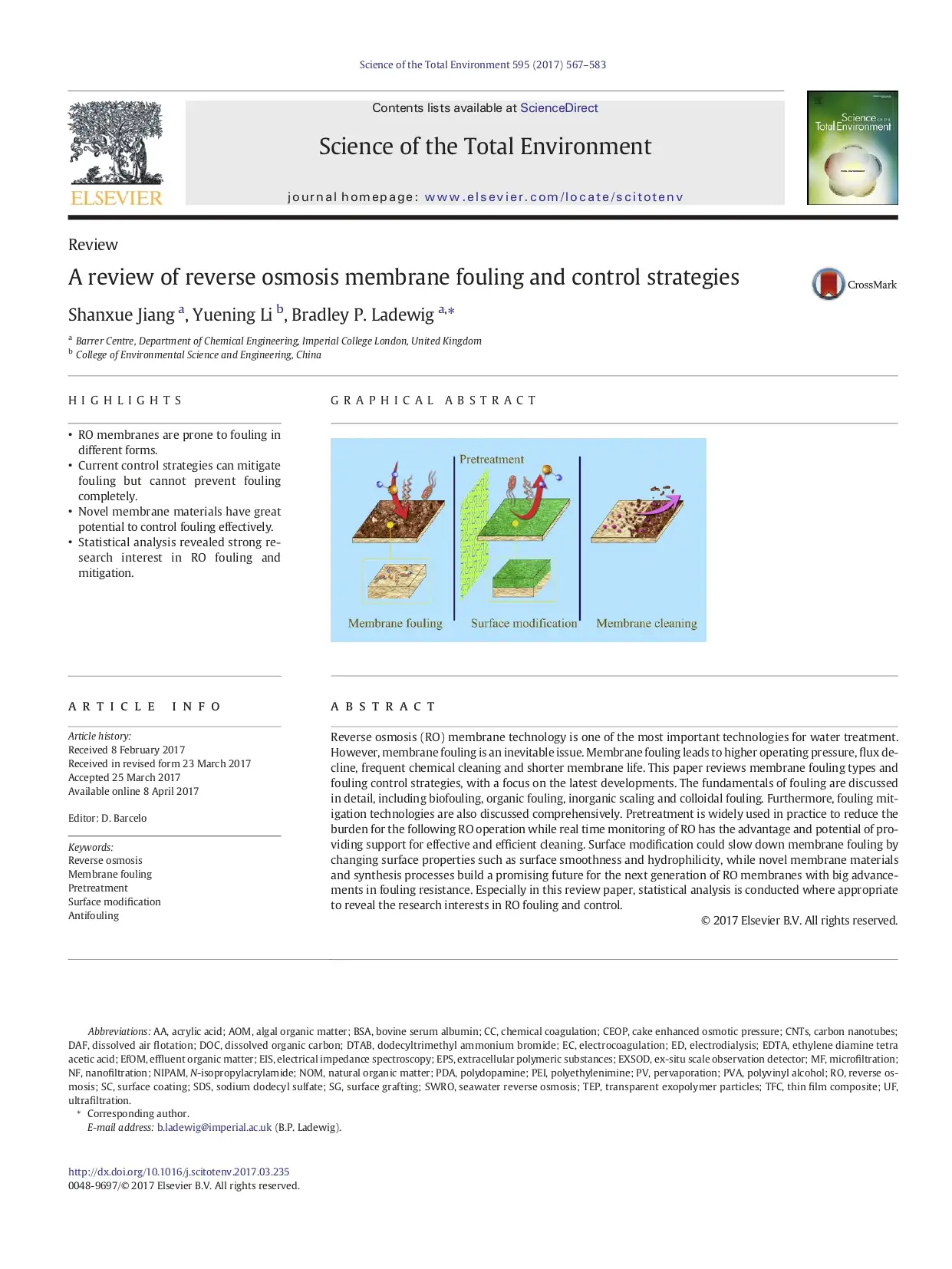
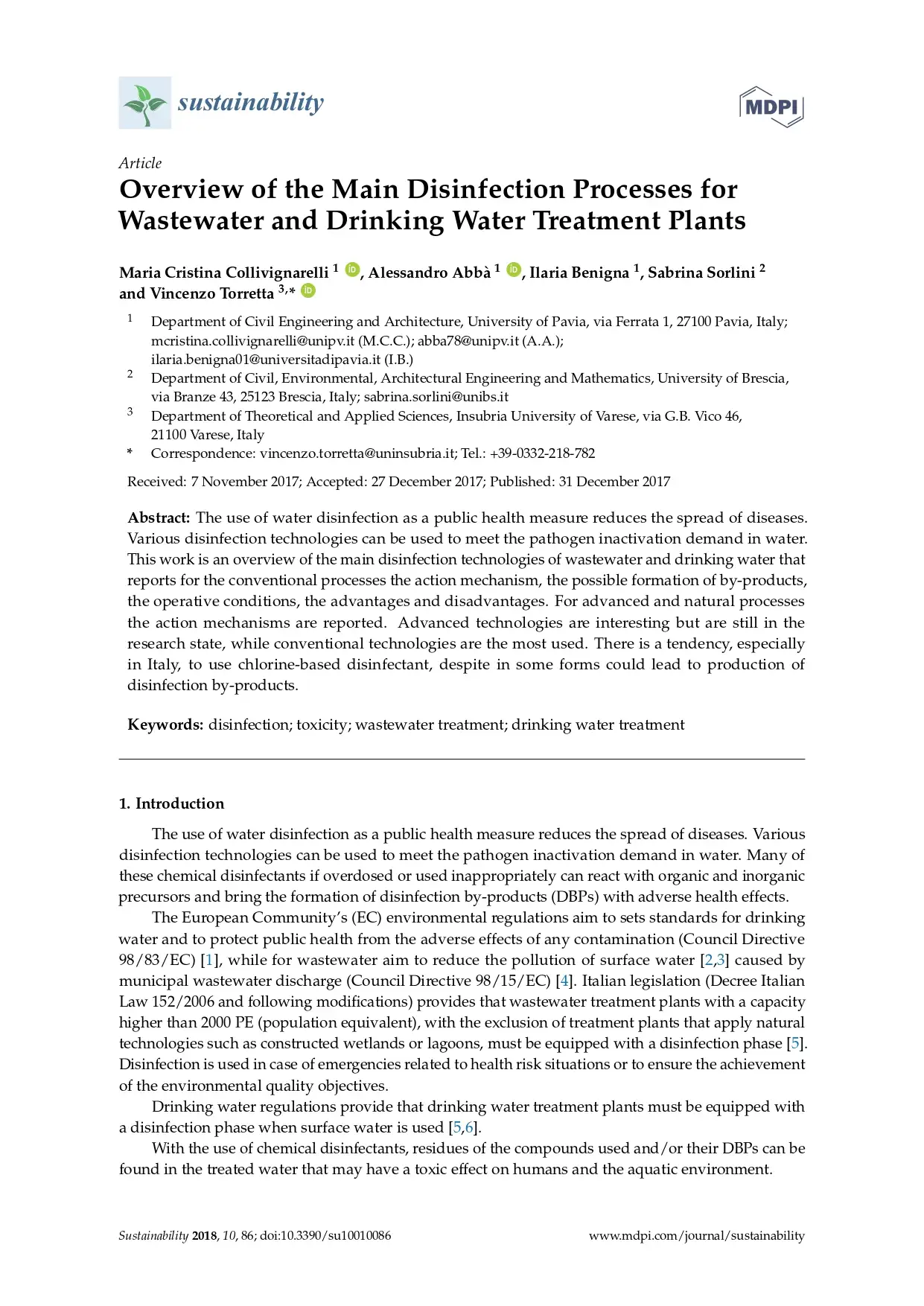
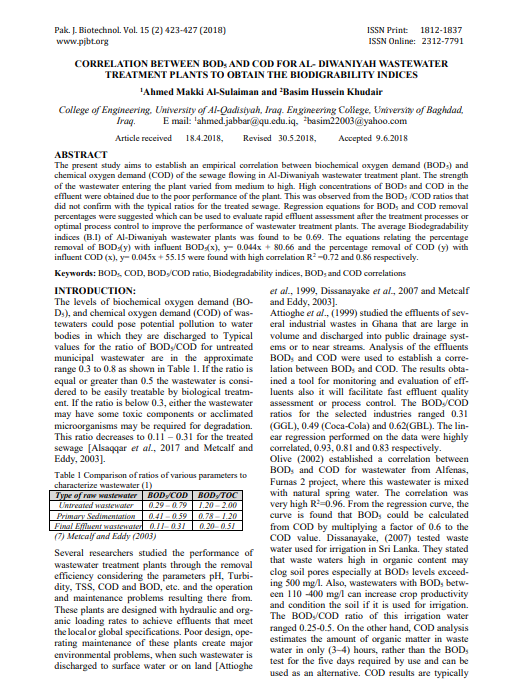
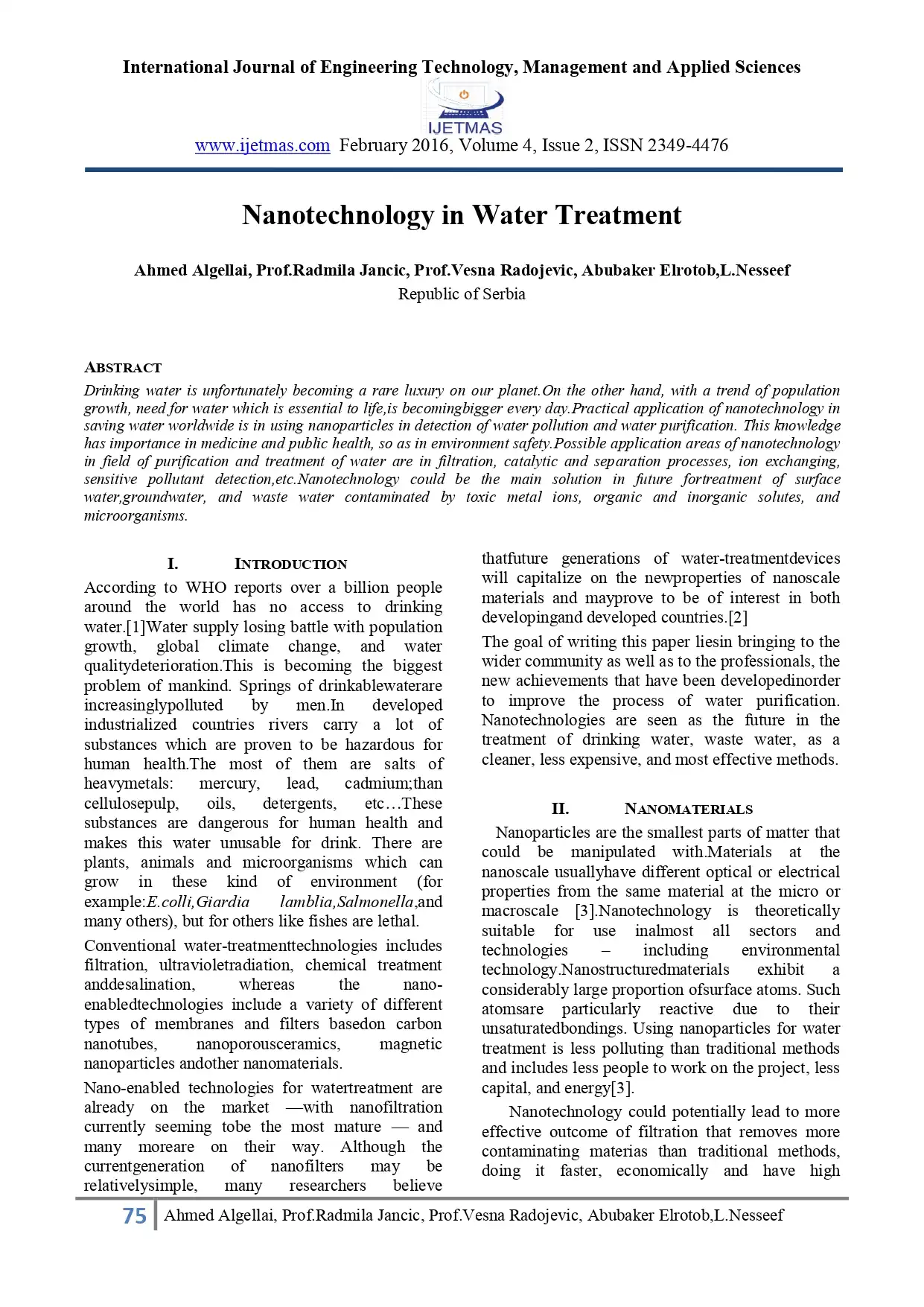
Reviews
There are no reviews yet.